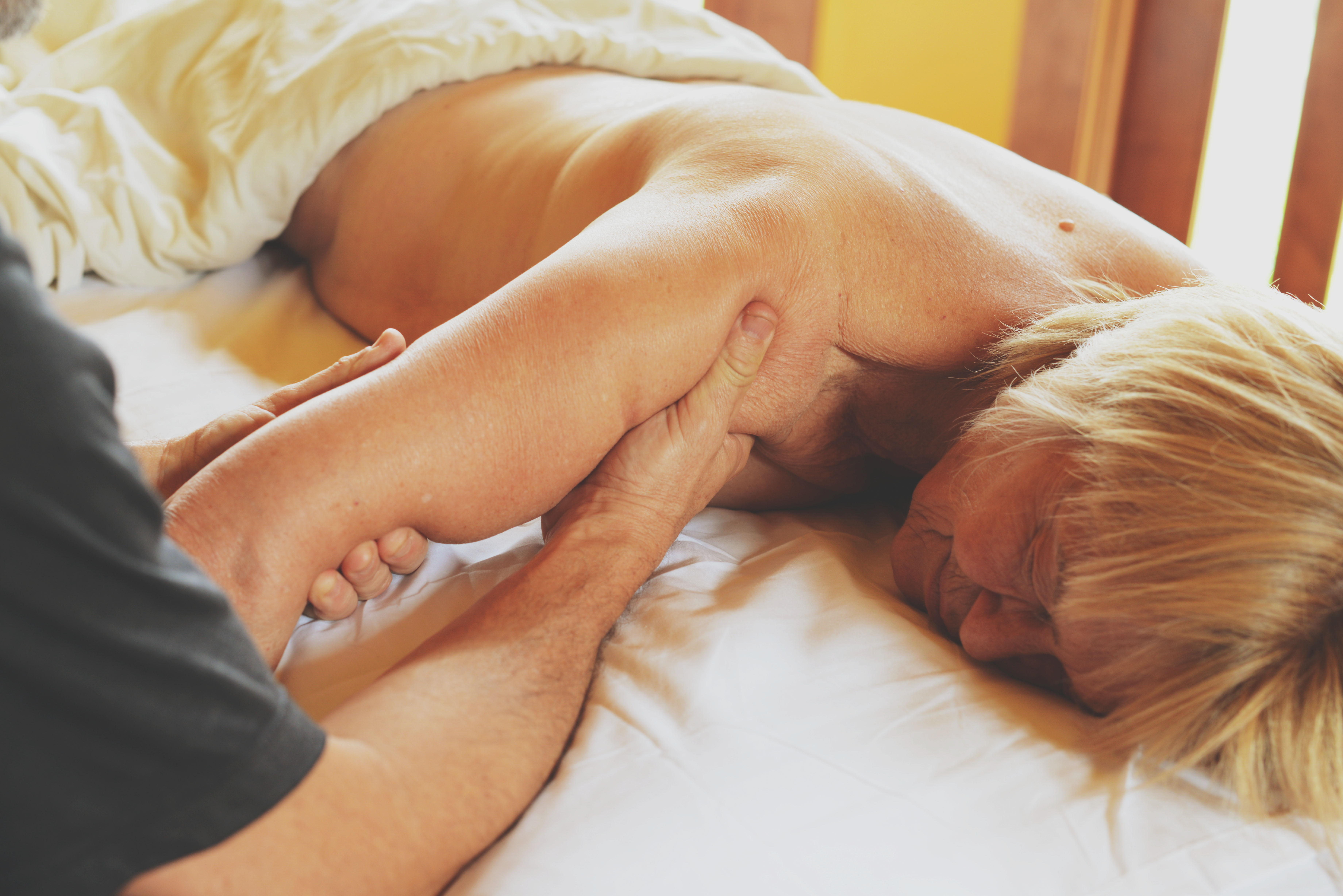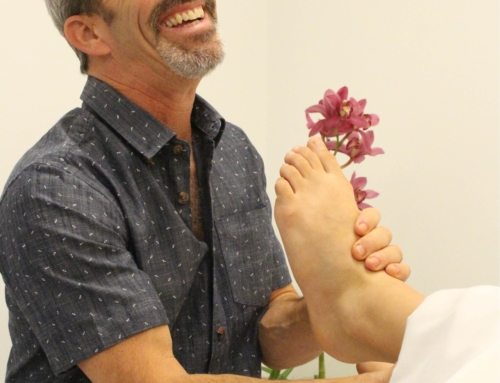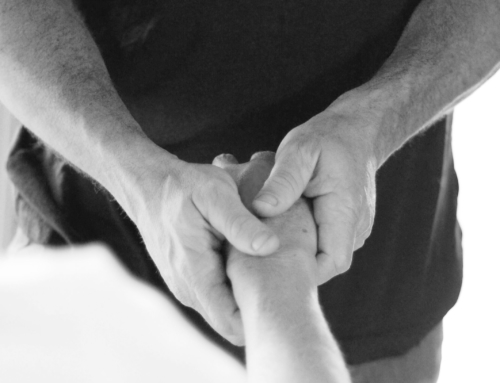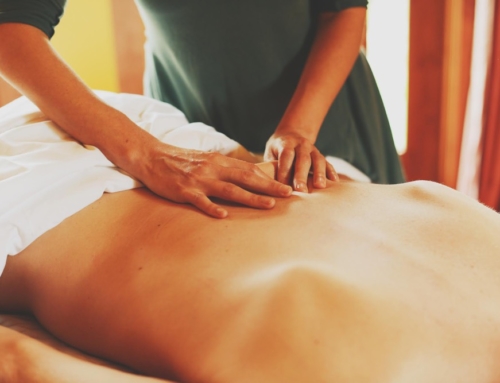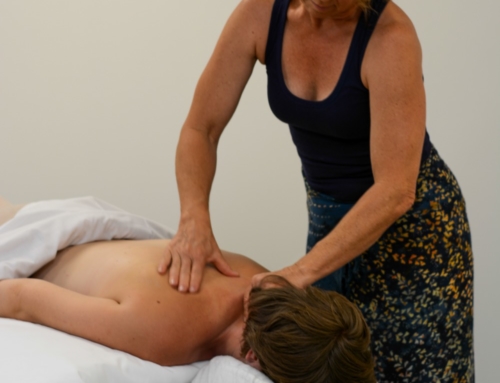Blood flow and its blockage isn’t something you think about when you’re having fatigue in exercising. But that was exactly the issue when my massage client Shari came in on Thursday. Complaining about the tiredness that has made exercise relatively unappealing lately, she wondered about depression. The difference was clear within five minutes. “You’ve got a restricted response to these compression massage strokes,” I mentioned. “There’s a possibility that what’s going on in your life is a circulation problem, not mood-related problems.” She grimaced, and returned, “It certainly is affecting my mood. I rely on exercise as my therapy!” Luckily, massage therapy offers something for nearly every condition.
When connective tissue gets sufficiently binding at the openings to the extremities there’s a tourniquet-like narrowing in the arteries and veins that can muffle bloodflow to a portion of what ought to be there. “Can we try working with the fascia in this massage treatment to build a better response to these compression strokes? I think we could use less than half the massage and get a significant change, I offered.” She assented and we dove in, massaging the connective tissue net that creates the structure of our shape. Within 25 minutes both her legs and arms were pinking up well with compressions, and it seemed like lymph flow was more robust as well.
Shari reported feeling more relaxed but more vital at the same time. “That’s what we like to hear!” Naturally not everyone’s hardships with exercise come from fascial restriction. But when exercise is a regular daily staple and stress levels are high, a dip in responsiveness can indicate that the whole system needs massage of this kind. Glad to mention, there is no limit to the ways massage can counter stress.

